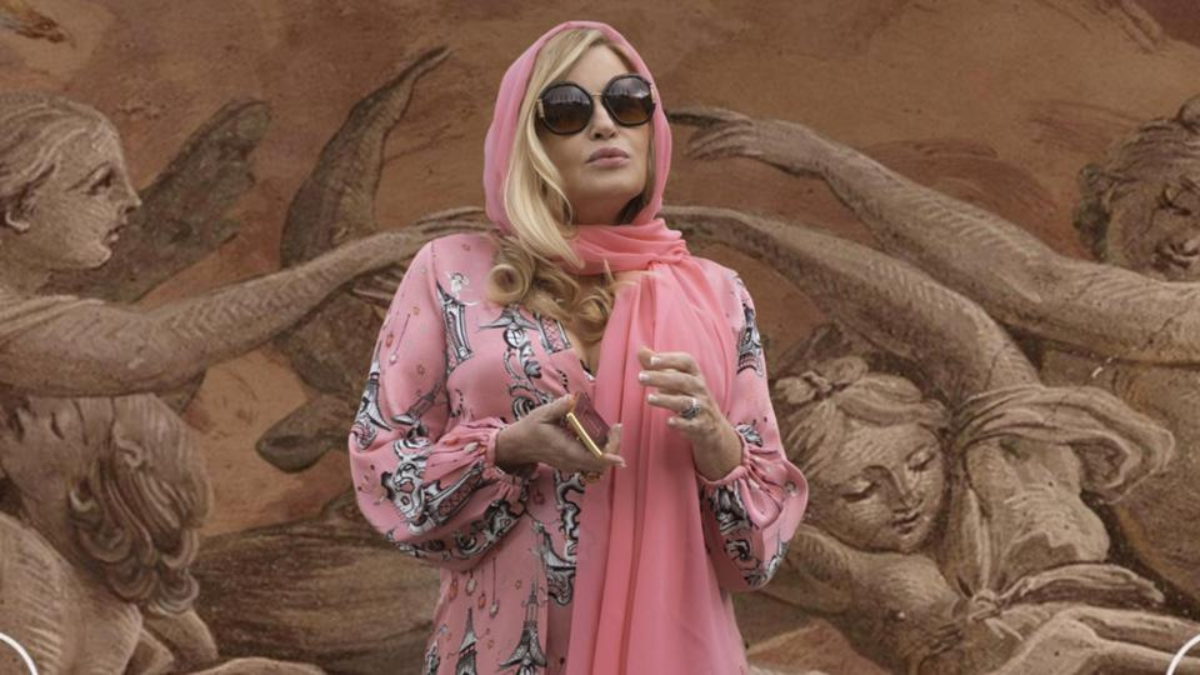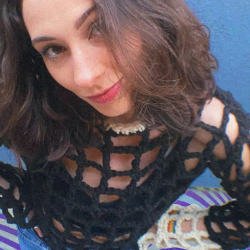From Tanya McQuoid to Logan Roy, there’s been unanimously positive response to the nuanced older characters leading new shows. So why are we still failing to engage with and depict people over 50 in advertising? Their discontent with ads is a serious ethical oversight, and huge opportunity for brands ready to properly engage.
A disappearing act
Everyone’s getting older. You are, your best friend, all the people you staunchly ignore on the tube, the person presenting the podcast you’re listening to as you skim read this. You get my gist. In fact, our continuous unstoppable aging is one of the few things everybody has in common. Which is why the lack of focus on accurately representing all ages is so surprising.
Flip through the back pages of The Telegraph (for research purposes only, obviously) and it’s awash with reclining chairs, hearing aids and cruises. Change your Facebook age to 65, and suddenly the fashion ads are replaced with charity and funeral plan ads. As people, we know there’s so much more to being older than age and health. But as an industry, we’re stuck in old tropes.
And it shows: 4 in 5 people over 50 feel patronised by ads, 3 in 5 wish there were better depictions of people their age. Advertising’s obsession with youth, across who we target, who we hire, and who we feature, has meant other narratives have been ignored, sidelined or reduced down to age alone. In doing so we’re not only being ageist, we’re missing a huge opportunity.
Missed opportunity for resonance and relevance
In the UK almost half of people are over 50, and by 2040, one in seven people will be over 75. But if you were to look at the majority of ads, you’d be excused for thinking most people were in their twenties. Two thirds of the people watching TV are over 55, but only one-fifth of TV ads even featured someone in that age bracket, if you look for lead roles that number drops to nearer one tenth.
So why the youth-wash? This seems to be based on a biased notion that young audiences are somehow more valuable than older ones. I always hate making the ‘business’ case for inclusion, but this feels remarkably short-sighted. Over 50s control over two thirds of UK household wealth, and with people set to continue working well into their 70s, the financial opportunity alone feels unignorable.
This isn’t to say you should run to your creative team with a ‘let’s target over 50s’ brief. We know demographic targeting is ultimately meaningless, a lazy shortcut for arbitrary grouping. Rather we need to critically engage with our ageism across the board. Do we have an age representative cast? Are we using stereotypes of age or age-defyingness? I’m saying let’s make White Lotus, not Best Exotic Marigold Hotel.
A new age of age representation
Across every sector a huge swathe of people who buy don’t fall within the 18-34 default. It’s our job to make sure they see themselves reflected in advertising. So, if mainstream media is having success in nuanced characters across the ages, what can we learn for advertising?
Bring the right voices in
Succession’s show-runner and director are both in their 50s, something fairly unheard of in advertising where less than 7% of people working in advertising are over 50. Most people actively working on creative responses will be in their early 20s. I remember being gobsmacked when I was told, at my first agency, that one of the account leads was (shock) over 30.
Stereotypes and old tropes are a natural outcome of a team without lived experience. As The Invisible Powerhouse put it: ‘Not all over-50s are fragile, lonely and home-bound, nor are they hyper-fit long-distance runners‘. We imagine people like ourselves when tackling an open brief. We imbue our own stereotypes into what we imagine experiences would be like.
We need, as an industry, to diversify the age of people working on projects. In the short term we should speak to the people who are in our audience, across a bunch of ages. Understand their lives, their stories, their motivations and worries. Longer term, we need to attract, hire and support people across different age ranges.
Critically engage in the briefing process
‘Everything focuses on diapers and medication with people over 55! Come on… Most of us don’t use that. Stop!‘
In 2021 Frances McDormand won best actress for her performance in Nomadland. A story about travel, reconnection, love and loss. A story not really about her age. She was neither a tech-whizz, nor a technophobe; neither genius, nor doddery. It was about her story, in all its depth and complexity.
We’re living longer, and healthier, meaning much of our later lives are lived without feeling the impact of our age. 3 in 4 people over 55 are mentally, socially, and digitally active, another reason depictions of fragility and forgetfulness are so far off the mark. With people connecting increasingly online, age groups come together across a huge breadth of interests — gaming, sex, culture, and art — there are stories to be told, and communities to tap into, well outside of the 18-34 age range.
We can improve representation by challenging briefs, and our responses to them. Can we remove arbitrary age ranges? Is our cast age representative? Can we do more to capture more perspectives on this brief?
An age of discontentment with advertising
More than anything, the lack of focus on people outside of youth audiences is saddening. People’s lives are rich and interesting, and get even more so as they have more experiences. Life doesn’t end at 50, advertising relevance shouldn’t either.
Featured image: Jennifer Coolidge as Tanya McQuoid in ‘The White Lotus’ S2 / HBO




























